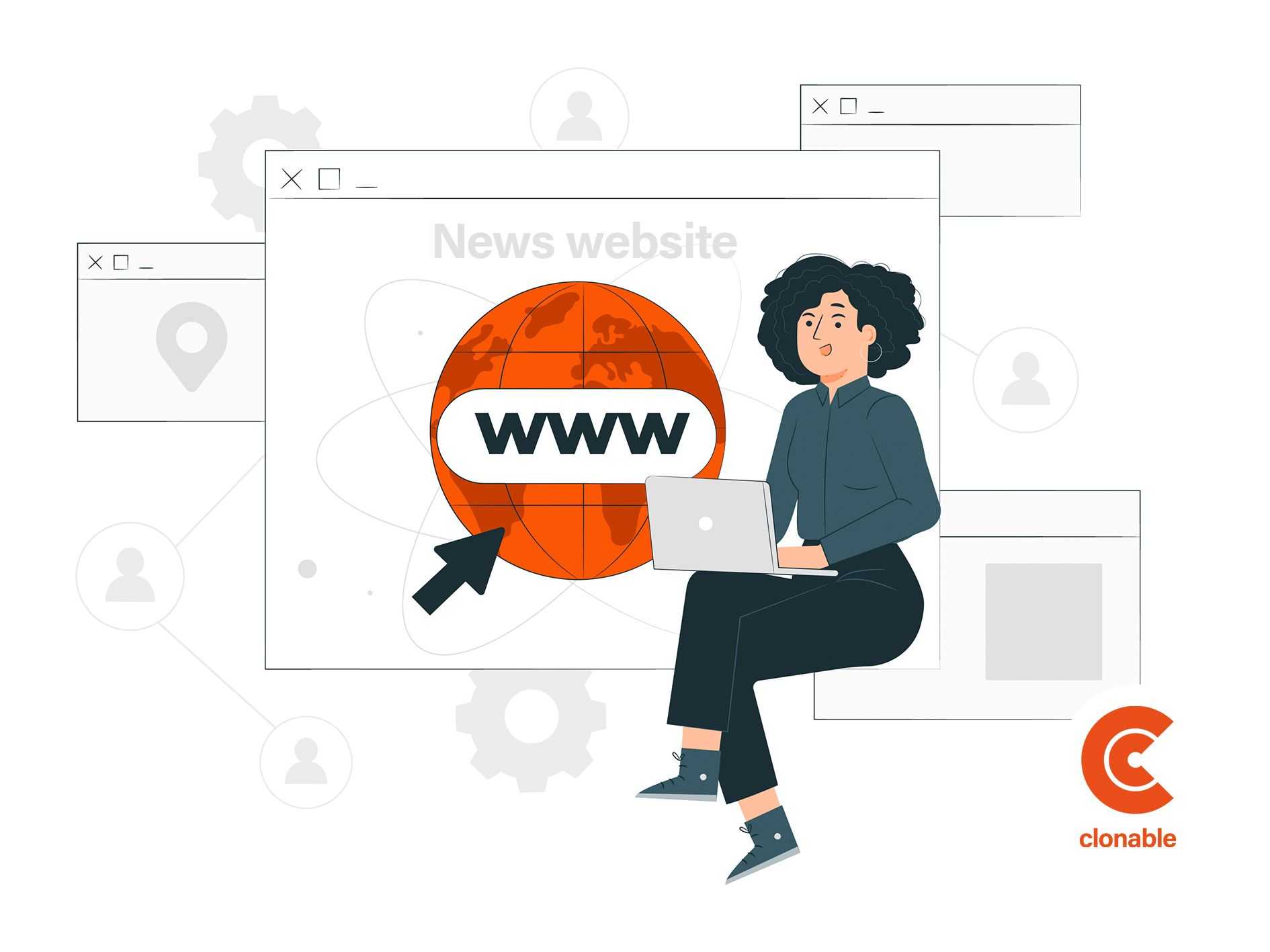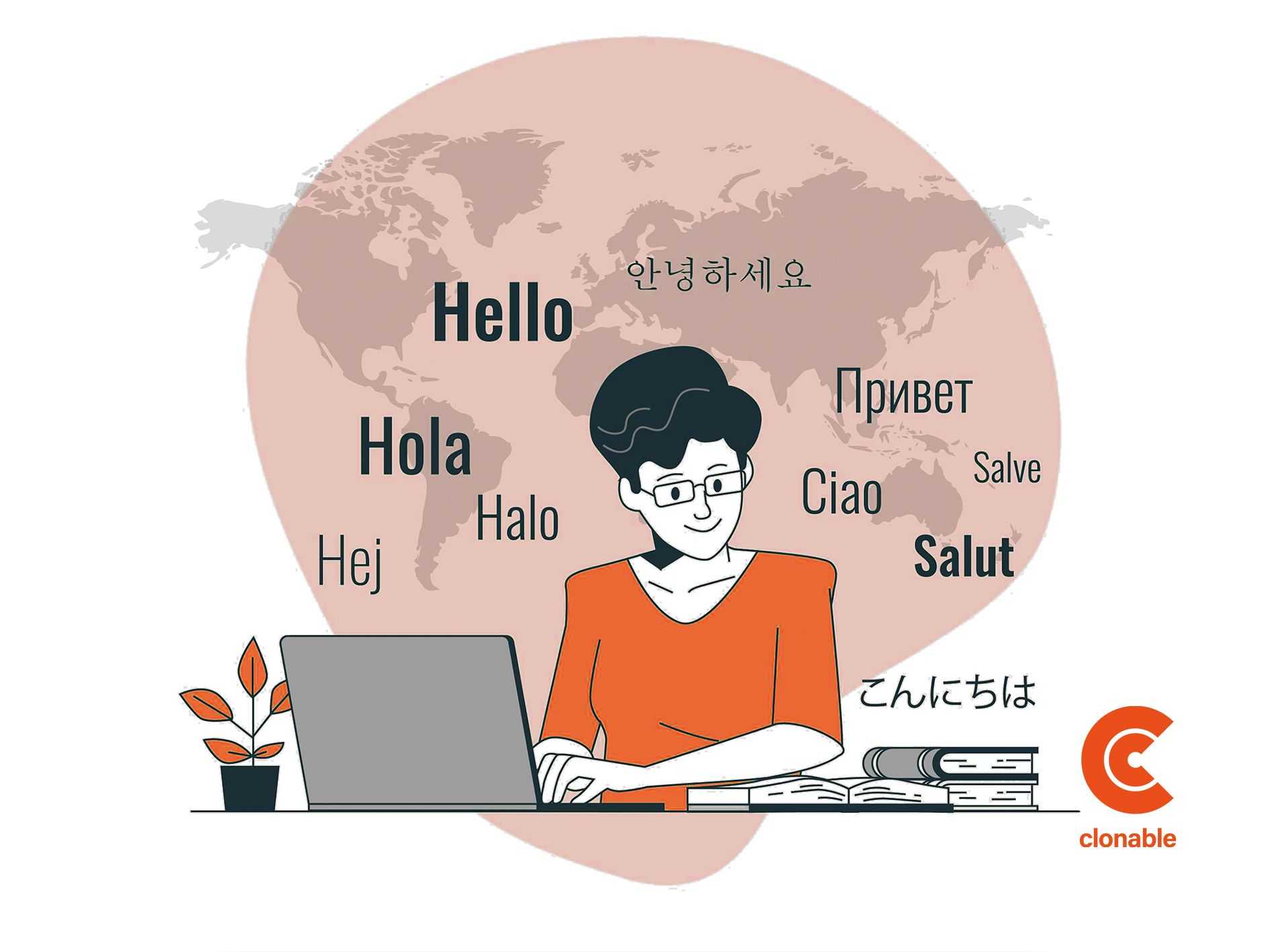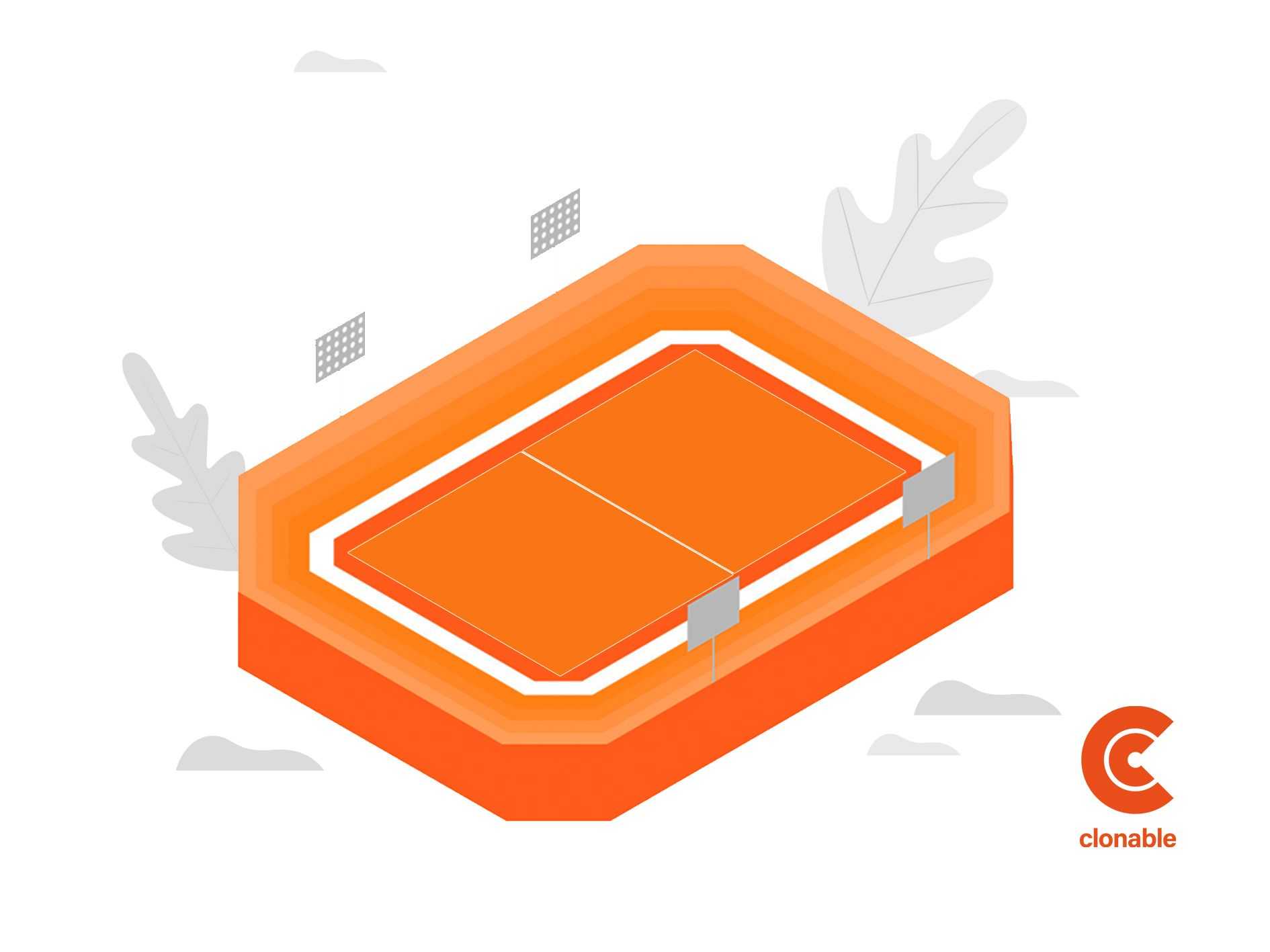Doing business abroad: How to make a multilingual website more user-friendly?
Whatever industry you are in, if you want to be successful in the global marketplace, you must have a website that can reach users in multiple languages. This can be a difficult task, but fortunately there are several ways to make your Web site more user-friendly for an international audience.
Here are five tips:
1. Optimize language buttons
Make sure the language buttons on your Web site are highly visible and easy to find. If you offer many languages, consider using a drop-down menu. And be sure to test your buttons regularly to make sure they are working properly.

2. Use the same design everywhere for the same brand appearance
Although you can direct a visitor a bit, you cannot completely predetermine which site an international visitor will visit. French users might visit your British site. Perhaps a Dutch user will inadvertently land on your Danish site.
As a brand, you will need to maintain a consistent global brand image so that it is clear that each site is a regional representation of your main brand. Despite the fact that you may have slightly adapted the sites in other languages/countries to suit the needs and tastes of the local audience.
Therefore, whenever possible, you should use one global template for your multilingual sites.
3. Automatically detect the user's language
If you are not sure what language your site should be displayed in, you can use several methods to automatically detect the user's language. This includes using their browser settings, IP address or even their location.
4. Use top software to improve your site
There are several plugins that can help you make your multilingual Web site more user-friendly. Some of the most popular are WPML, Polylang and TranslatePress. However, these have quite a few drawbacks regarding configuration, loading speeds and causing crashes of your website. Clonable may be a better idea. With this software, you can easily copy, translate and have your site maintained. Without hassles and crash problems.
5. Mirror pages for right-to-left (RTL) languages.
If your site offers content in RTL languages such as Hebrew or Arabic, you need to mirror your pages so they display correctly. This can be done with a plugin or by manually editing your code.
6. Create localization-ready images without embedded text
When using graphics, avoid embedding text in the design files. This complicates the process by not making the text easily accessible for translation and can lead to the otherwise avoidable task of rebuilding graphics files.
Instead, suggest that your Web developers place text on images in the HTML (if that provides the quality and control you need).
7. Build your Web site with multiple global Internet speeds in mind
Before a user can view anything on a Web site, it must first load. You don't want to keep your user waiting while a page with lots of images or text loads.
Internet speeds around the world vary widely. If you want to do business in another country with slower load times, don't go putting huge images in your original Web site. This complicates the process for the project manager charged with commercializing the Web site in the other language.
Translating your website using a plugin or other translation solution?
As we discussed in a previous post, there are many options available for translating a website. You can translate your website using plugins, for example WPML for WordPress / WooCommerce, and there are also other types of plugins, also for other systems. However, this also has many disadvantages, mainly because the configuration is often a lot of hassle, the translation quality leaves much to be desired, the capabilities of the plugins are limited and it often makes the websites a lot slower.
Clonable is one of the best ways to easily translate and internationalize your website. You can translate any existing website and blog within seconds using our simple and intuitive website translation software. Instead of building a whole new website and having to transfer all the content over, possibly having it translated, and maintaining two sites, with Clonable you will have a foreign site within 5 minutes. Because it is a live copy, changes to the original site are automatically made (and translated) on the cloned site. Adjustments to existing pages are automatically translated.
What about you? Which translation solution will you choose? If you need a website translated, contact our Clonable team. We will be happy to help you find the best possible solution for your needs.






